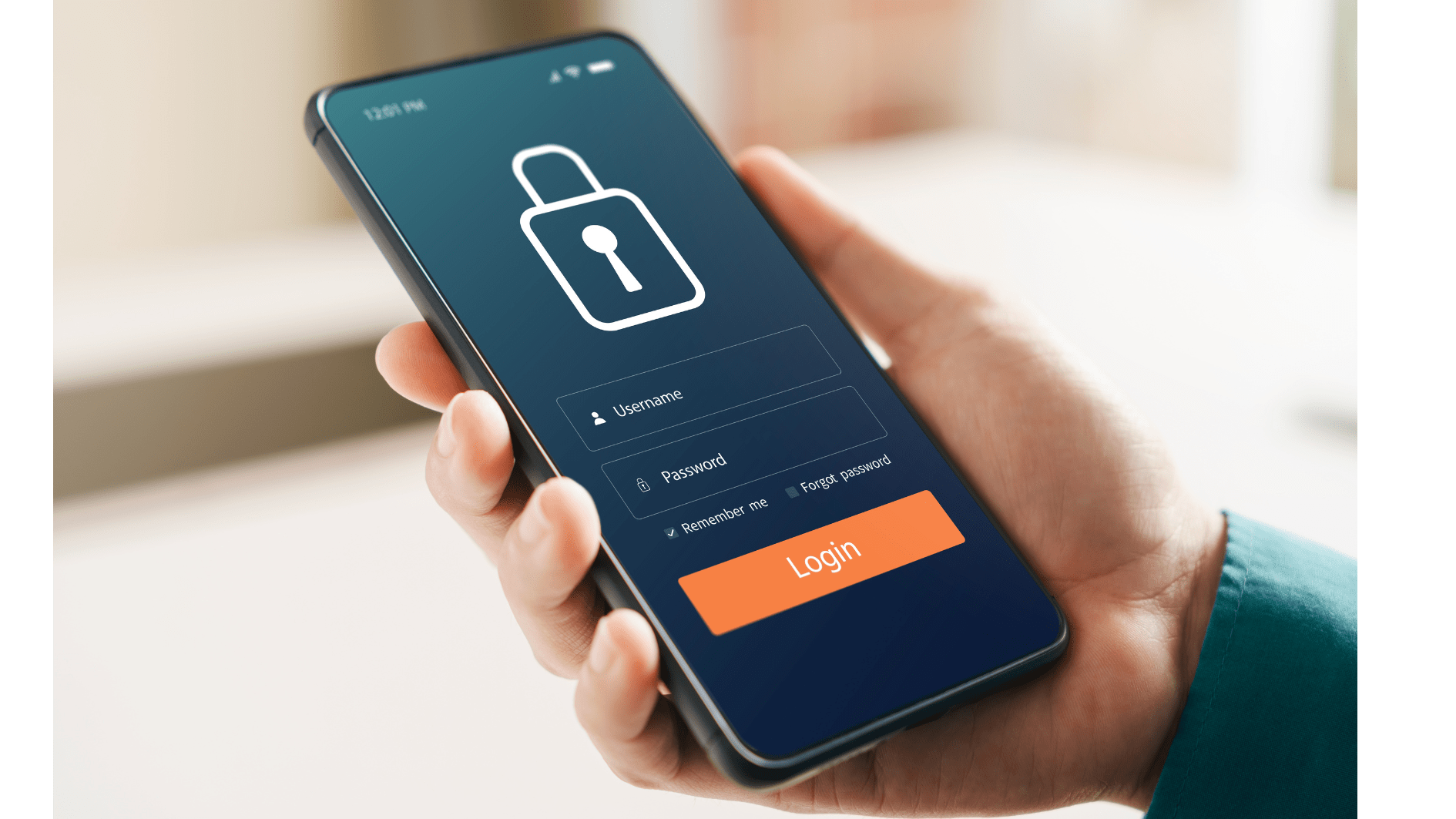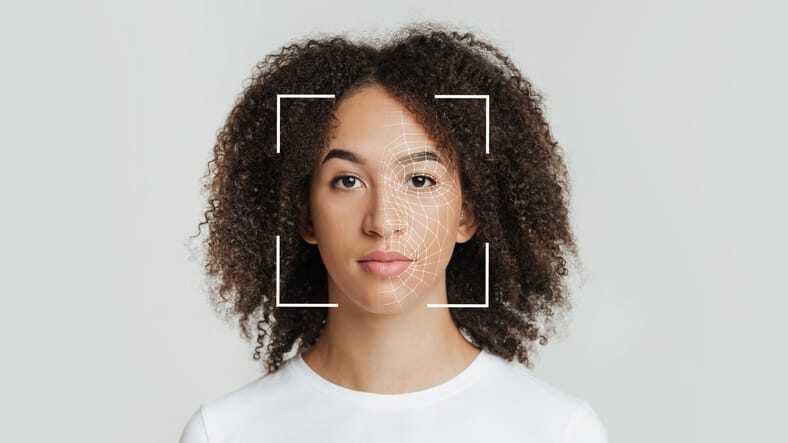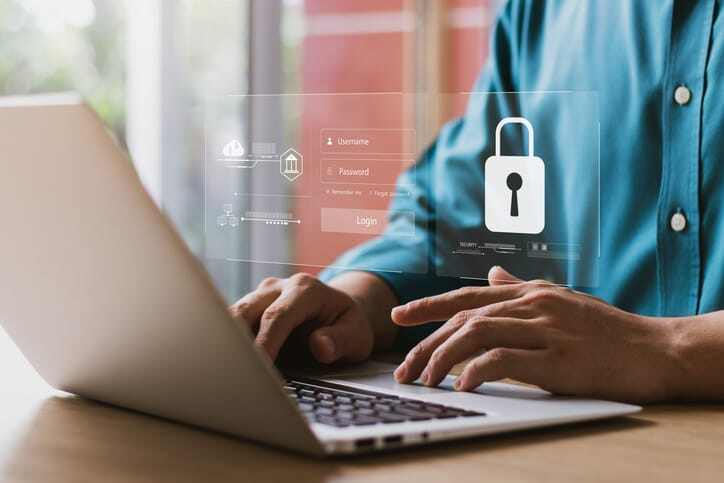Authentication vs. authorisation: What's the difference?
Authentication and authorisation are key terms in the context of identity verification. They form the basis for security mechanisms and ensure that only authorised users are granted access to certain information or resources. Although they are often mistakenly used as synonyms, they have different meanings. PXL Vision explains the difference.
DEFINITION What does authentication mean?
Verification of a person's identity or age verification - be it when opening a bank account or accessing online services - is usually carried out using recognised documents such as an ID card. The concept of authentication is based on checking the authenticity of these documents in order to detect and reject forgeries and unauthorised access attempts.
Entering a username and the corresponding password to log in to an online platform is also a form of authentication.
A synonym for authentication - especially for digital identities - would therefore be to verify oneself. Only after successful authentication is the user granted access to an account or certain information.
Authentication vs. identification
IDENTIFICATION What does identification mean?
The difference between authentication and identification becomes clear here: with identification, a person tells another person who they are. Authentication proves that the information is correct.
Authentication procedure
To ensure that only authenticated users with a proven identity are granted access, there are various, often multi-level authentication procedures. These can combine several aspects of proof of identity:
Something you know
Something you know
These are classic elements such as passwords or PINs. These should only be known to the actual user to prevent unauthorised access. However, passwords can also be hacked. It is therefore important to create secure passwords and store them appropriately, for example with a password manager.

Something you have
Something you have
A further security factor is added if a physical object is used for authentication in addition to the login data. This can be a smart card with an integrated chip or a token, for example. A hardware token generates a PIN that is only temporarily valid and therefore offers two-factor authentication.

Something you are
Something you are
The most sophisticated method of authentication is based on biometric features such as fingerprints or facial features. These are unique to each person and extremely difficult to forge, which makes biometric identity verification particularly secure.

AUTHORISATION What does authorisation mean?
Authorisation determines what correctly identified users are allowed to access after authentication.
An example of authorisation: In companies, access to data and projects can be restricted so that only certain employees are allowed or authorised to access them. This can ensure that confidential information can only be viewed by authorised persons.
Authorisation methods
There are various tried and tested approaches for authorisation in order to effectively control access to resources.
Principle of minimal rights assignment
Principle of minimal rights assignment
The Principle of Least Privilege (POLP) follows the principle that users should only be given the minimum access rights they need to perform their tasks. This means that permissions are assigned restrictively in order to minimize the risk of unauthorized access. In this way, finely graded access control is guaranteed.

Role-based access control
Role-based access control
Role-based access control (RBAC) is an approach in which users are organized into groups or roles. These roles are associated with specific authorizations. Instead of assigning individual permissions to each user, they are assigned roles that correspond to their tasks and responsibilities. This simplifies the management of authorizations and improves consistency in access control.

Attribute-based access control
Attribute-based access control
Attribute-based access control (ABAC) goes beyond role assignment and is based on additional user and resource attributes as well as context information. This method enables finely graded access control, in which decisions are made on the basis of a comprehensive assessment. ABAC therefore offers flexibility and adaptability.

DIFFERENCE What is the difference between authentication and authorisation?
Authentication is the first step in confirming the identity of a person or user. A common application example of this is the use of usernames and passwords to log in to online services. If the login information entered matches the stored data, authentication is successful and the user is recognized as authorized.
Authorization, on the other hand, confirms the rights of an authenticated person. It determines which actions or resources a person may use or display after their identity has been confirmed. An example of this is data management in a company. An employee who has successfully authenticated themselves may only access the data and functions that correspond to their role.
COMMUNITY What do authentication and authorisation have to do with each other?
The terms authentication and authorisation are inextricably linked and a central component of IT security. Both ensure that information and resources are adequately protected and that only authorised users are granted access.
Authentication alone is not enough to adequately secure a system. Only in conjunction with authorisation is it ensured that users are not only recognised as genuine, but can also only access the resources and functions to which they are entitled. This holistic approach is crucial to protect the integrity and confidentiality of information and minimise potential security risks.

Conclusion
Authentication and authorisation must work together in an integrated approach to IT security. Authentication alone is not enough to guarantee security. Only in combination with authorisation can a company's resources be adequately protected.
Authentication is the first step and provides access authorisation, so to speak; authorisation then determines which specific areas or resources the verified user is granted access to. Both processes form the basis for IT security.
When selecting a suitable authentication method, there are different procedures whose complexity can vary depending on the desired security level. Identity verification is a particularly reliable and efficient form of authentication.
This is exactly where PXL Vision comes in: Identity verification with PXL Vision takes less than 30 seconds, reduces abandonment rates and increases efficiency - contact us today and let our experts advise you.
FAQ
Authentication is a process in which the identity of a person or user is verified. The focus is therefore on proof, not on the process of verification, as is the case with authentication.
Authorisation means the verification of an identity and can be equated with authentication.
As a rule, authentication comes first. First, the identity of a person or user must be verified. After successful authentication, authorisation then takes place to determine which permissions the authenticated person has and which actions or resources they are allowed to use.
If a user has been authorised, they have been granted access to certain resources.
Two-factor authentication (2FA) is a security method in which two different authentication factors are used to confirm a user's identity. This significantly increases security as an attacker needs to both know something (e.g. a password) and have something (e.g. email access) to successfully log in. 2FA is widespread and is often used by online services and banks.
.png?width=126&height=101&name=logo%20(2).png)
.png?width=63&height=51&name=logo%20(6).png)




